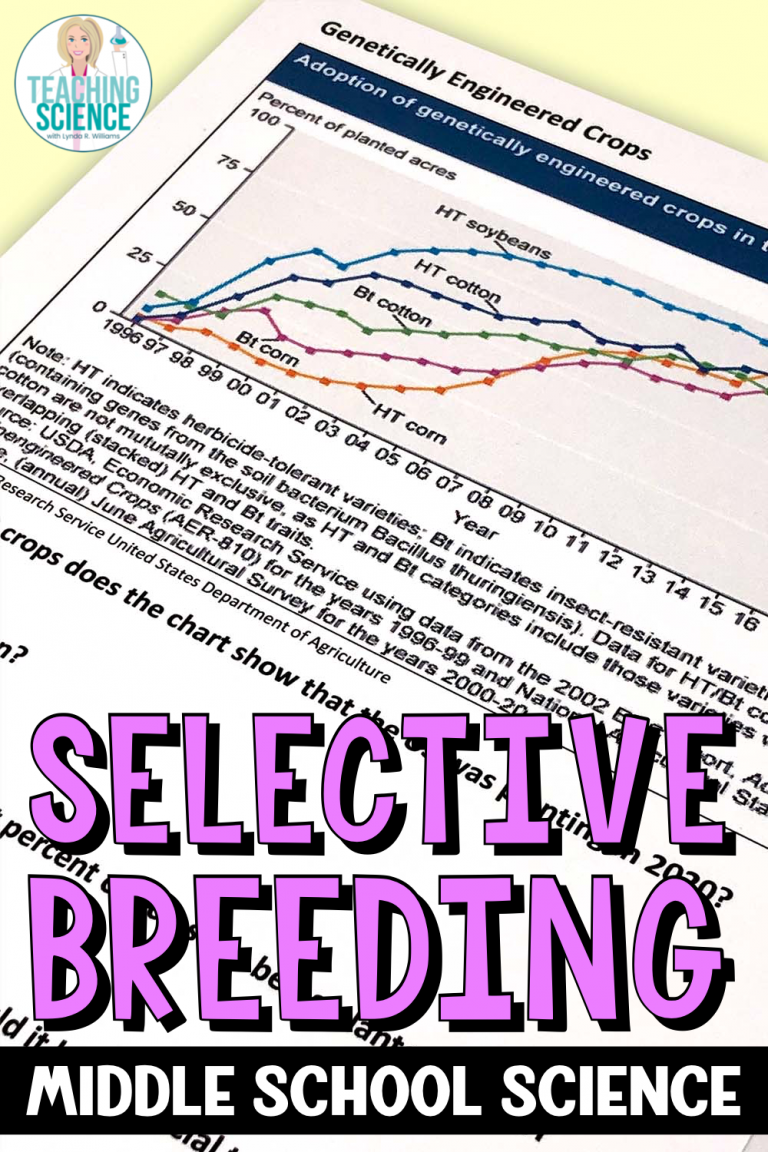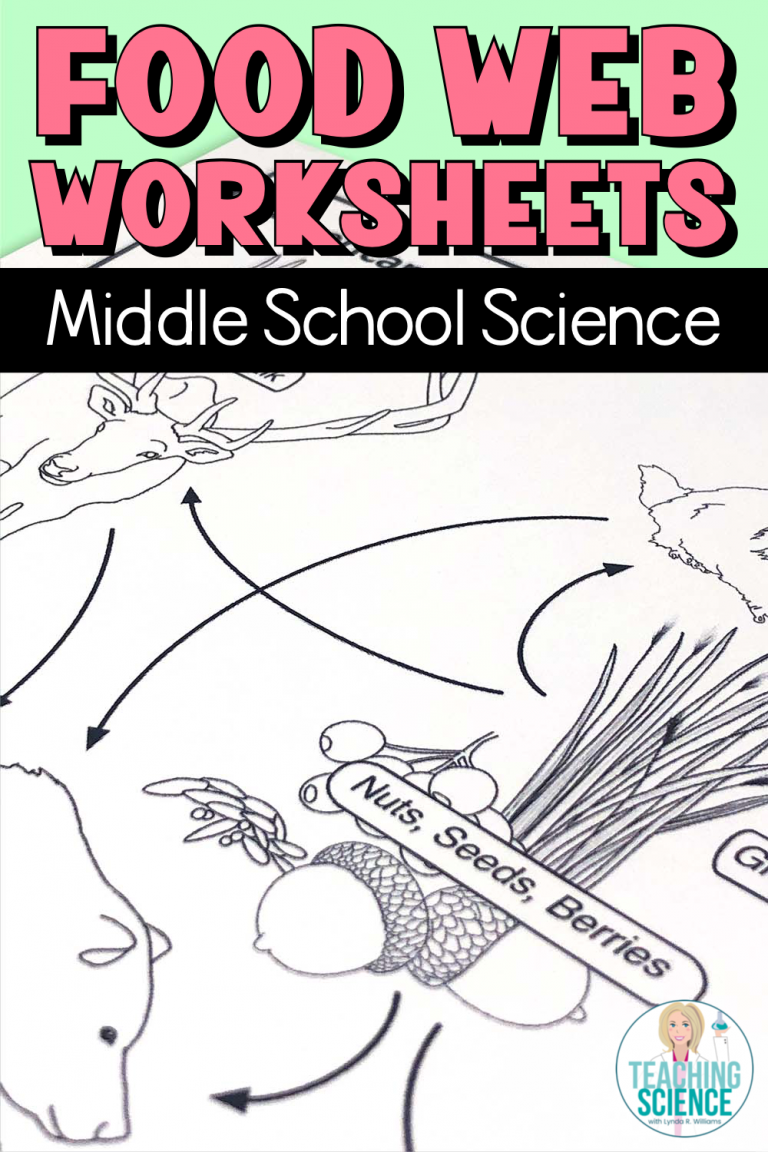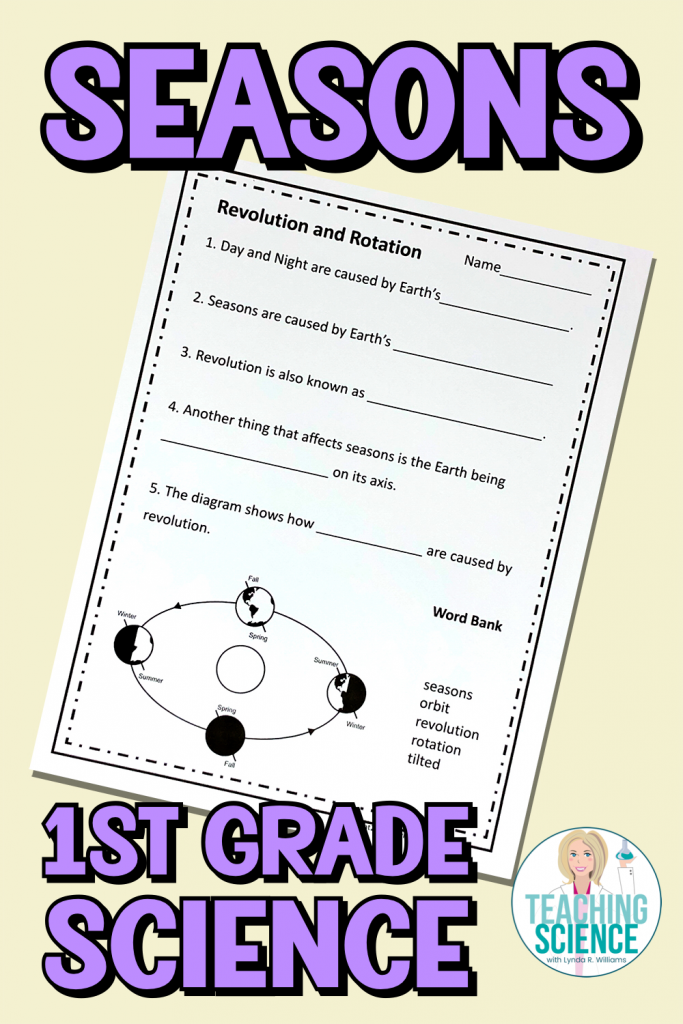
Need a little help covering Seasons and Daylight Patterns, space patterns, and the motion of the Sun, moon, and stars in your first-grade class?
This complete unit will save you time and keep your 1st grade students engaged! Seasons: Different times of year have different amounts of sunlight. There are seasonal patterns of the motion of the Sun and Earth. Students will learn about the four seasons, and how the revolution of the Earth around the Sun affects the 4 seasons. Great seasons science activities!
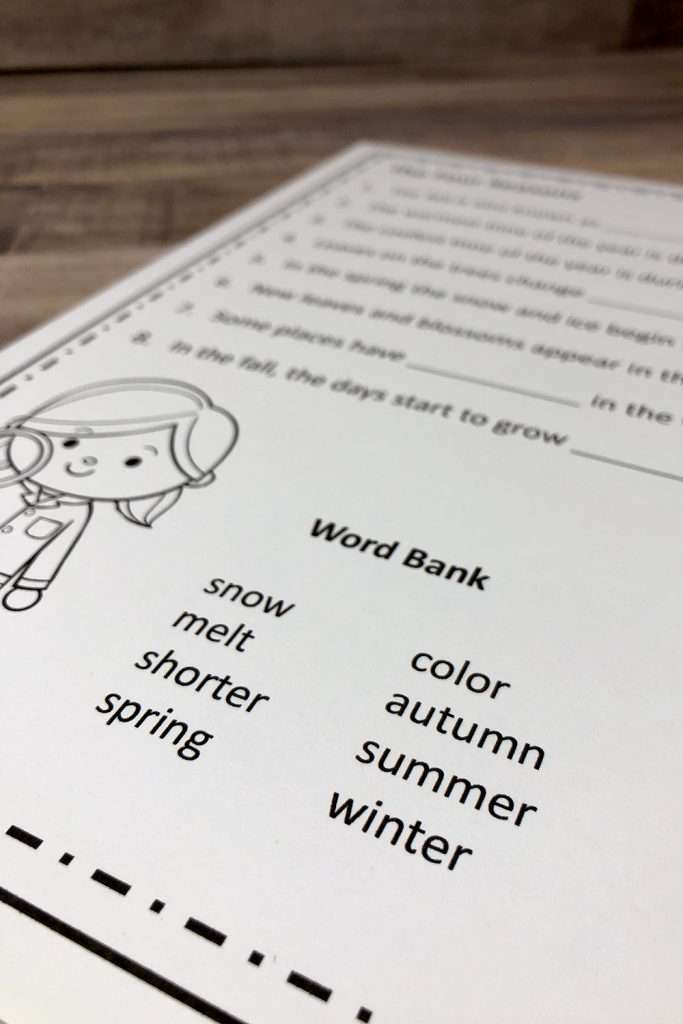
If you use the suggested schedule that I’ve included, this unit will cover 8 days worth of activities!
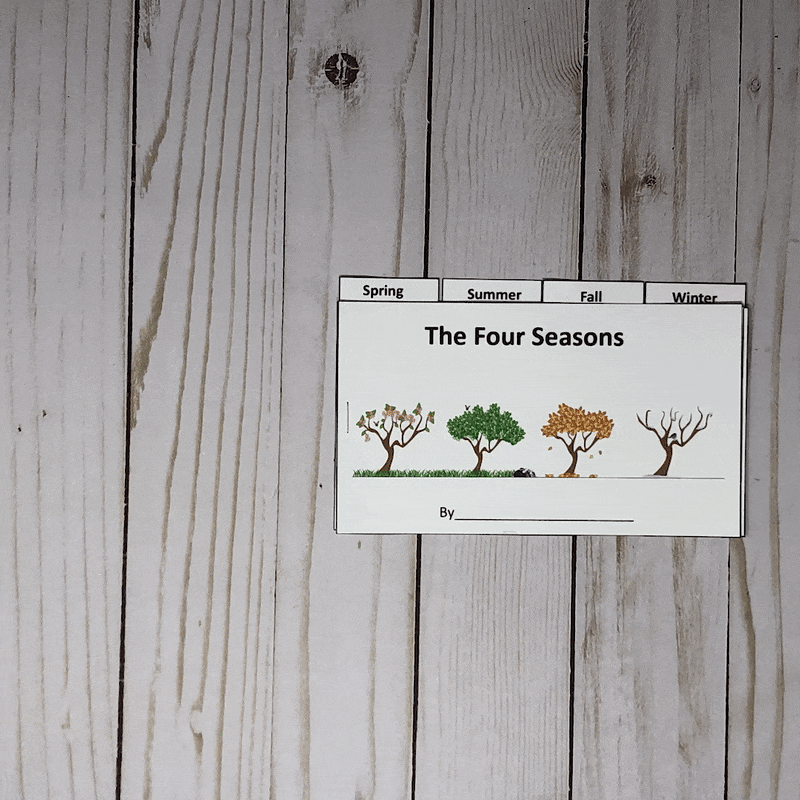
Your students will learn about the four seasons and how the revolution of the Earth around the Sun affects the 4 seasons.
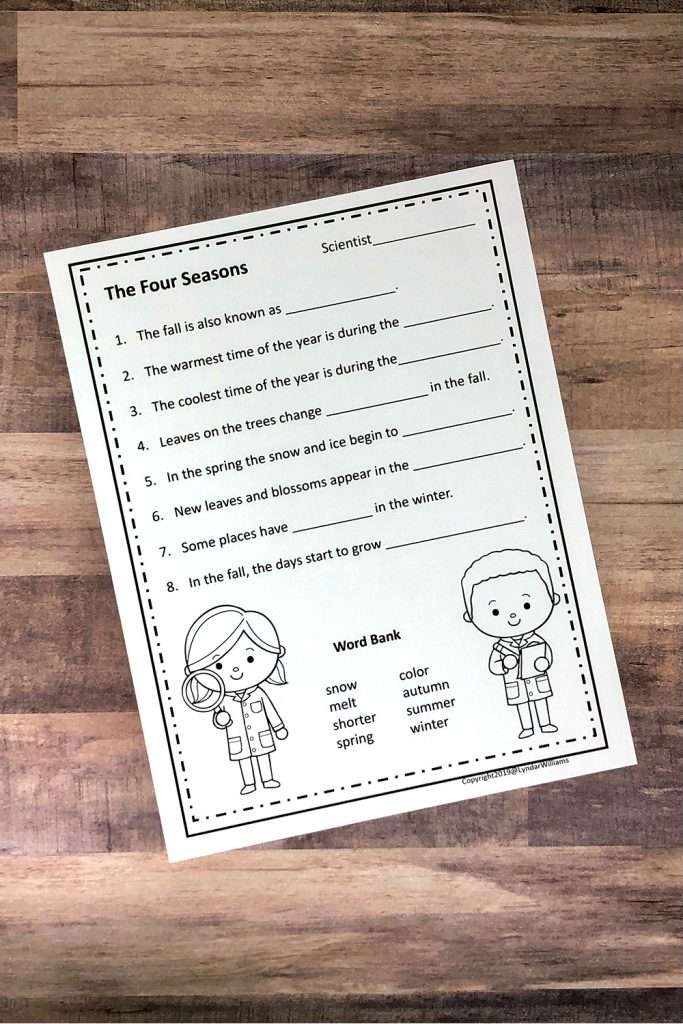
This resource includes labs, lesson plans, age-appropriate worksheets, puzzles for vocabulary, word wall words, and a slide show. First-grade students will love these activities for Seasons and Daylight Patterns
Making Models is one of the Science and Engineering Practices. Students will love this model.
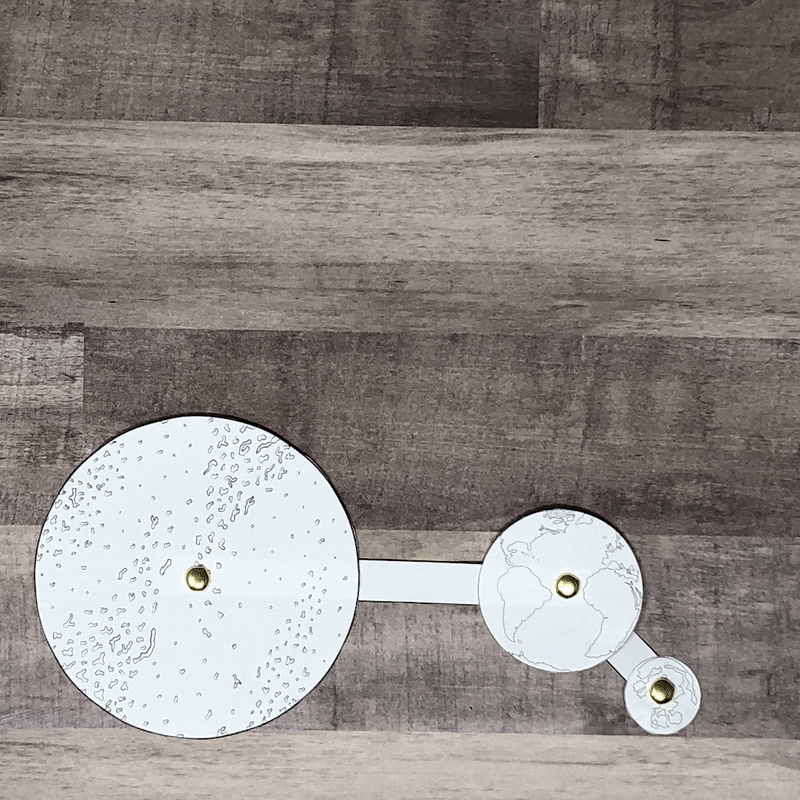
Designed to meet NGSS standard 1-ESS1-2 and Utah SEEd for 1st grade for Seasons and Daylight Patterns
Make observations at different times of year to relate the amount of daylight to the time of year. Clarification Statement: Emphasis is on relative comparisons of the amount of daylight in the winter to the amount in the spring or fall.] Assessment Boundary: Assessment is limited to relative amounts of daylight, not quantifying the hours or time of daylight.
NGSS 1-ESS1-2
SEASONS AND SPACE PATTERNS Seasonal patterns of motion of the Sun, Moon, and stars can be observed, described, and predicted. These patterns may vary depending on the region, location, or time of year.
Utah SEEd 1.1
Utah SEEd
and Utah SEEd Standard 1.1.2 Obtain, evaluate, and communicate information about the patterns observed at different times of the year to relate the amount of daylight to the time of year. Emphasize the variation in daylight patterns at different times of the day and at different times of the year. Examples could include varying locations and regions throughout the state, country, and world. (ESS1.B)
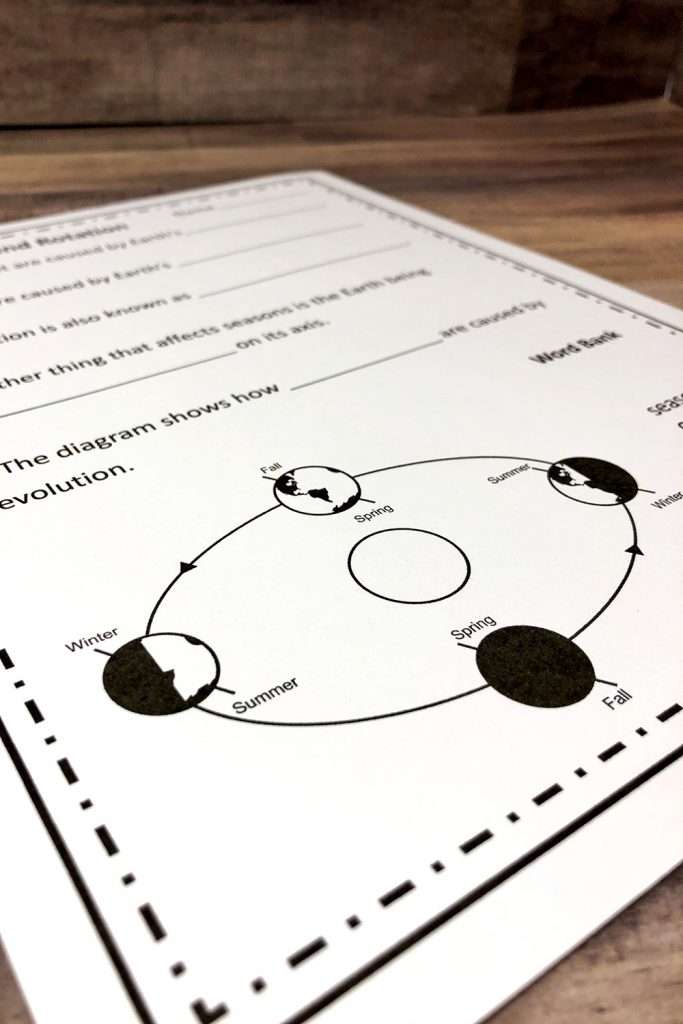
Other teachers LOVE this resource!
Check out just two of the dozens of perfect reveiws:
My students loved the little book they made and they really seemed to understand the reasons for the seasons. This is a great unit.
Margaret B.
My students loved the cute little book and the season sorting-activities. I think the slide show was informative and helped address some misconceptions my students had.
Vessa W.
Try Seasons and Daylight Patterns in your classroom TODAY:
This unit is available for download in two places:
Both downloads are identical in every way – if you download directly from this site, you’re giving me the maximum amount of support!
Either way, your satisfaction is 100% guaranteed.
This site uses 100% secure checkout with PayPal, and after checkout your download is instantly available.
Thank you, and I hope you enjoy using this unit in your classroom!
You might also like Designing a Solution to a Human Problem: Biomimicry for First Grade
More on Teaching the Utah SEEd standards here UEN

